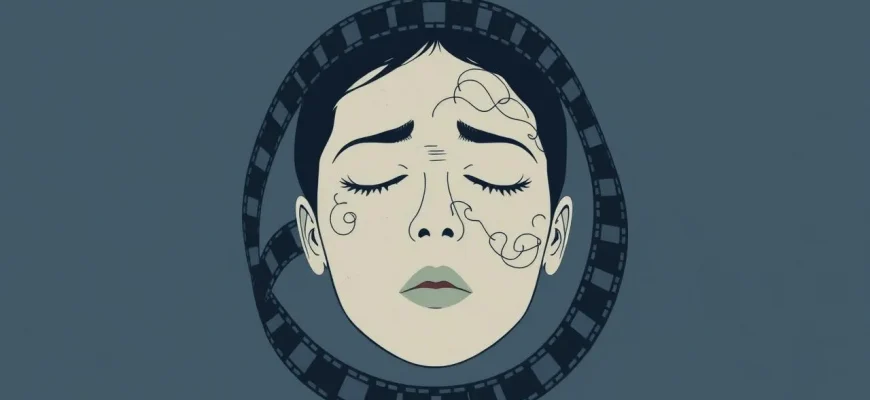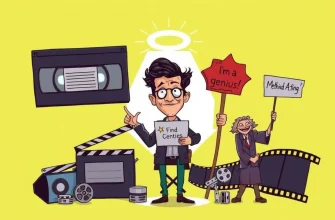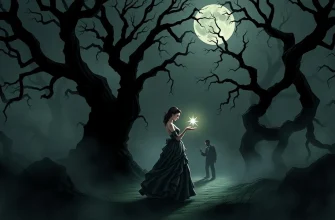Sometimes, we crave movies that challenge us, that delve into the darker corners of the human experience. These films are not just entertainment; they are profound journeys into the soul, exploring themes of loss, despair, and the complexities of life. Here's a curated list of the top 10 heavy films that will leave you pondering long after the credits roll. Each film in this collection is a testament to the power of cinema to evoke deep emotions and provoke thought.
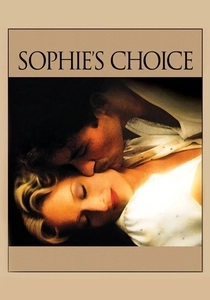
Sophie's Choice (1982)
Description: Meryl Streep delivers an unforgettable performance as Sophie, a Polish immigrant haunted by her past decisions during the Holocaust. The film delves into the moral dilemmas and psychological scars of war.
Fact: Streep learned Polish for the role, and her performance earned her an Academy Award for Best Actress.
 Watch Now
Watch Now 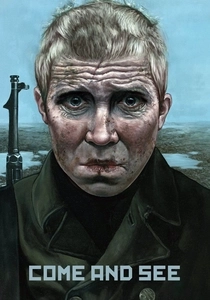
Come and See (1985)
Description: A Soviet film that depicts the horrors of the German occupation of Belarus during WWII through the eyes of a young boy. It's known for its intense realism and visceral portrayal of war's brutality.
Fact: The film was shot in chronological order to capture the psychological transformation of the main character, reflecting the real-time progression of the war.
 Watch Now
Watch Now 
Schindler's List (1993)
Description: Steven Spielberg's masterpiece tells the true story of Oskar Schindler, a German businessman who saved over 1,000 Jewish refugees during the Holocaust by employing them in his factories. Its emotional weight is palpable.
Fact: The film was shot in black and white to give it a documentary feel, with the exception of a girl in a red coat, symbolizing innocence amidst the horror.
 Watch Now
Watch Now 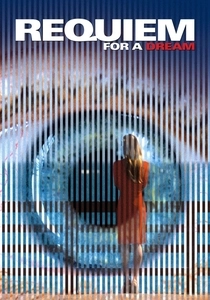
Requiem for a Dream (2000)
Description: This film is a harrowing descent into addiction, capturing the lives of four individuals whose dreams spiral into nightmares. It's a raw, unflinching look at the consequences of drug abuse.
Fact: The film's iconic score by Clint Mansell has become synonymous with intense, emotional scenes in other movies and TV shows.
 Watch Now
Watch Now 
The Pianist (2002)
Description: Roman Polanski's film follows Władysław Szpilman, a Polish-Jewish pianist, as he struggles to survive the Warsaw Ghetto during World War II. It's a poignant portrayal of survival against all odds.
Fact: Polanski, himself a Holocaust survivor, chose to focus on Szpilman's story for its universal appeal and the theme of human endurance.
 Watch Now
Watch Now 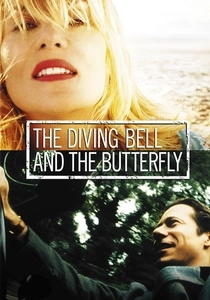
The Diving Bell and the Butterfly (2007)
Description: This film tells the true story of Jean-Dominique Bauby, who suffers a massive stroke and must communicate by blinking his left eye. It's a testament to the human spirit's resilience.
Fact: The film was shot from the perspective of Bauby, using a technique known as "subjective camera" to immerse viewers in his experience.
 Watch Now
Watch Now 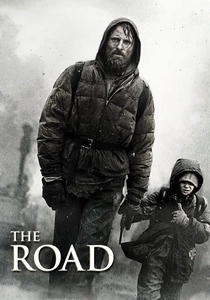
The Road (2009)
Description: Based on Cormac McCarthy's novel, this film follows a father and son's journey through a post-apocalyptic world. It's a bleak, yet touching exploration of love and survival in the face of despair.
Fact: The film's bleak setting was created using a combination of real locations and CGI to depict a world after a cataclysmic event.
 Watch Now
Watch Now 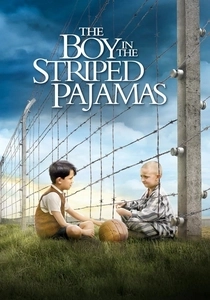
The Boy in the Striped Pajamas (2008)
Description: This film tells the story of a young boy whose father is a commandant at a concentration camp. Through his friendship with a Jewish boy on the other side of the fence, it explores innocence and the horrors of the Holocaust.
Fact: The film was adapted from John Boyne's novel, which was inspired by a visit to the Holocaust Museum in Los Angeles.
 Watch Now
Watch Now 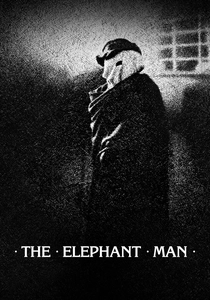
The Elephant Man (1980)
Description: David Lynch's film about Joseph Merrick, a man with severe deformities, explores themes of humanity, kindness, and the cruelty of society. It's both heart-wrenching and uplifting.
Fact: John Hurt, who played Merrick, spent up to eight hours in makeup to transform into the character.
 30 Days Free
30 Days Free 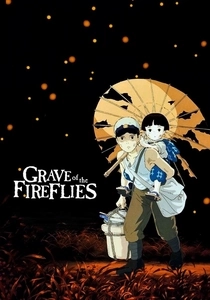
Grave of the Fireflies (1988)
Description: This Studio Ghibli film is an animated tale of two siblings struggling to survive in Japan during World War II. Its emotional impact is profound, showcasing the innocence lost in war.
Fact: Despite its critical acclaim, it's one of the few Studio Ghibli films that did not receive a wide theatrical release in Japan due to its somber subject matter.
 30 Days Free
30 Days Free 
